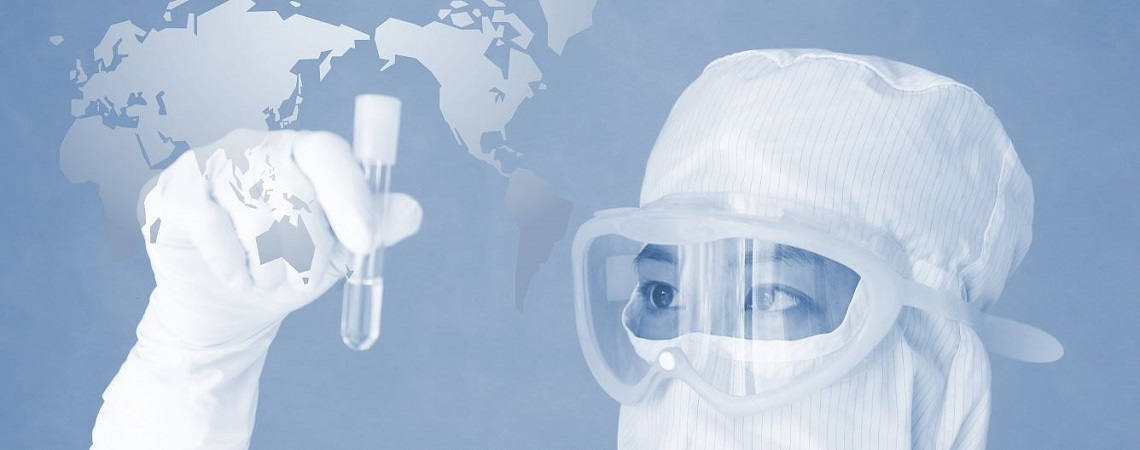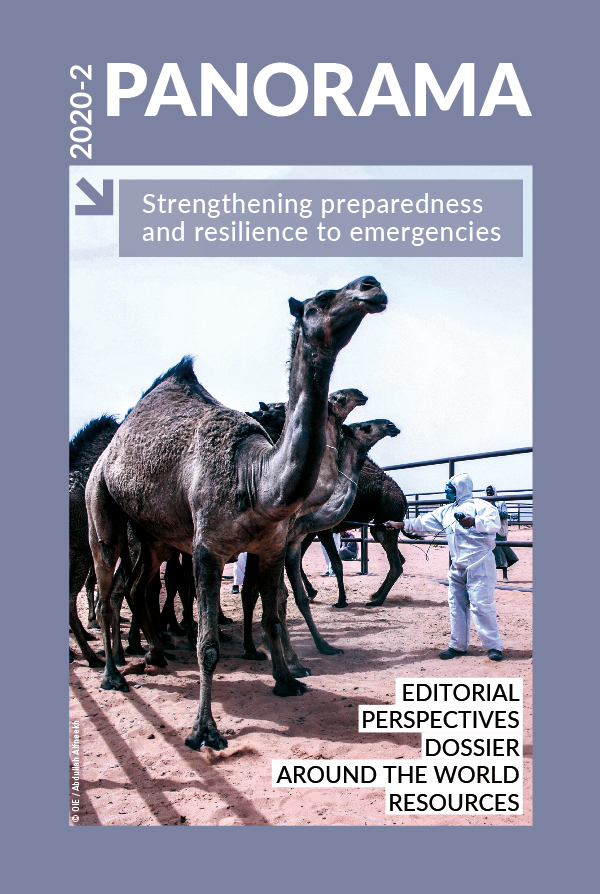Perspectives Posted on 2021-03-19 10:56:44
OIE actions
Laboratory equipment maintenance and calibration
Understanding the impact of equipment management on laboratory preparedness, surge capacity and sustainability
Keywords
Authors
J. Lasley (1)* & E. Appiah (2)
(1) Preparedness and Resilience Department, World Organisation for Animal Health (OIE).
(2) Digital Transformation and Information Systems Department, World Organisation for Animal Health (OIE).
* Corresponding author: j.lasley@oie.int.
Determining a laboratory’s surge capacity requires the examination of all its resources, including infrastructure, staffing and finance, and operational factors such as biosafety cabinets (BSCs), reagents, costs, molecular diagnostic equipment, consumable stocks, supply chain, training, vaccinations, quality assurance, etc.
A major resource for laboratories – equipment – determines the kind of service a laboratory can provide to its clients. Veterinary laboratory equipment maintenance was the subject of a recent survey (mid-2019) undertaken by the OIE with veterinary laboratories and OIE National Focal Points for Veterinary Laboratories. A total of 136 OIE Members (75%) responded, with more than 220 laboratories participating across all OIE Regions.
Do OIE Members’ laboratories have the equipment they need to respond to an emergency?
Preliminary results show that, globally, veterinary laboratories possess critical equipment to detect and diagnose important animal and zoonotic diseases. Forty different types of equipment were included in the survey, with roughly half of those reported being pipettes, about 4%: PCR machines, and 4%: BSCs.
Is that equipment in good working order?
Of the more than 68,000 items of equipment reported, approximately 21% were not properly maintained and 48% were not properly calibrated (Fig. 1). In the Africa Region, the situation is more serious: nearly 58% of items were not properly maintained and 76% were not properly calibrated. Among the PCR machines reported globally, nearly 20% were not properly maintained and 50% were not properly calibrated. Among the BSCs reported, the picture is similar: approximately 24% globally and 59% in the Africa Region were not properly certified.

These results call into question the safety, security and reliability of the results produced by veterinary laboratory equipment.
How accessible is expertise to get equipment into good working order?
Unfortunately, competencies to maintain, repair and calibrate highly specialised equipment are not easily accessible in all OIE Regions. Globally, competencies to maintain and calibrate equipment exist in-house for 18% of equipment, and within the same country for 73% of equipment. However, in the Africa Region, competencies to maintain and calibrate equipment exist in-house for only 10% of equipment, and within the same country for 47% of equipment.
Globally, 49% of laboratory equipment is donated, and that figure rises to 84% in the Africa Region. This often means that the operating budget required to ensure maintenance, calibration, repair and replacement is not built into laboratory budgets.
The OIE is working to build awareness of these challenges to laboratory preparedness and sustainability through generous support from Global Affairs Canada for the Sustainable Laboratories Project [2]. The enhanced PVS Sustainable Laboratories Tool will assist Members to address challenges to the sustainability of their laboratory systems. Final results will be published.
The current global context has shown us that better laboratory preparedness is essential, and that the right laboratory equipment, maintained and calibrated on a regular basis, is a critical component of a laboratory preparedness plan.
http://dx.doi.org/10.20506/bull.2020.2.3143
References
- Association of Public Health Laboratories (APHL) (2014). – Surge Capacity Planning Tool for the Laboratory Response Network for Biological Threats Preparedness (LRN-B).
- Hamilton K., Lasley J. & Harper D.R. (2018). – Improving sustainability to avoid laboratory disasters. Bull. OIE News, June 2018.
- World Organisation for Animal Health (OIE) (2018). – Chapter 1.1.4. Biosafety and biosecurity: Standard for managing biological risk in the veterinary laboratory and animal facilities. In Manual of Diagnostic Tests and Vaccines for Terrestrial Animals.












